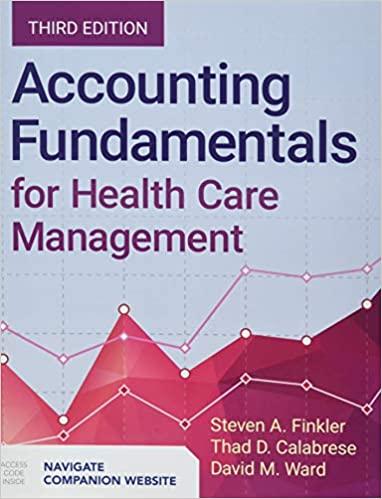Answered step by step
Verified Expert Solution
Question
1 Approved Answer
Please do your own work, and please show me ALL WORK. THank you! ROBL This problem concerns the inventory stocking policies for type O negative

Please do your own work, and please show me ALL WORK. THank you!
ROBL This problem concerns the inventory stocking policies for type O negative blood at a par- ticular hospital. Although some blood types are compatible with others, a person having type O negative cannot receive any other type. Thus we can isolate this type and treat it separately from others. The supply of this type occurs essentially at random from public donations at a mean rate of, say, four pints per day. The demands are also essentially random in nature, at a rate of three pints per day. On the average, more is received than is used, and some will be discarded. It is expensive to keep (on the order of 5 dollars per pint per day) because special procedures needed to protect the medical quality. Therefore, it has been decided to establish a maximum inventory level, N, such that whenever the available supply is N, additional dona- tions will be refused or used to replace "old" blood whose shelf life has made it less desirable than new blood. Because of the random nature of both supply and demand, there will be occasions when there is a need for blood and none is on hand. Whenever this happens, blood can be obtained on very short notice from another hospital at a cost of 30 dollars per pint. There is no medi- cal problem associated with doing this; it is purely a matter of cost. Using a continuous time Markov model, show how to determine the optimal N. ROBL This problem concerns the inventory stocking policies for type O negative blood at a par- ticular hospital. Although some blood types are compatible with others, a person having type O negative cannot receive any other type. Thus we can isolate this type and treat it separately from others. The supply of this type occurs essentially at random from public donations at a mean rate of, say, four pints per day. The demands are also essentially random in nature, at a rate of three pints per day. On the average, more is received than is used, and some will be discarded. It is expensive to keep (on the order of 5 dollars per pint per day) because special procedures needed to protect the medical quality. Therefore, it has been decided to establish a maximum inventory level, N, such that whenever the available supply is N, additional dona- tions will be refused or used to replace "old" blood whose shelf life has made it less desirable than new blood. Because of the random nature of both supply and demand, there will be occasions when there is a need for blood and none is on hand. Whenever this happens, blood can be obtained on very short notice from another hospital at a cost of 30 dollars per pint. There is no medi- cal problem associated with doing this; it is purely a matter of cost. Using a continuous time Markov model, show how to determine the optimal NStep by Step Solution
There are 3 Steps involved in it
Step: 1

Get Instant Access to Expert-Tailored Solutions
See step-by-step solutions with expert insights and AI powered tools for academic success
Step: 2

Step: 3

Ace Your Homework with AI
Get the answers you need in no time with our AI-driven, step-by-step assistance
Get Started


